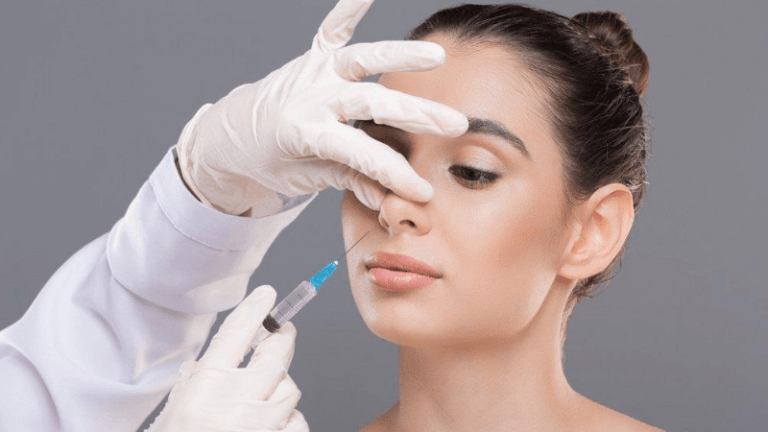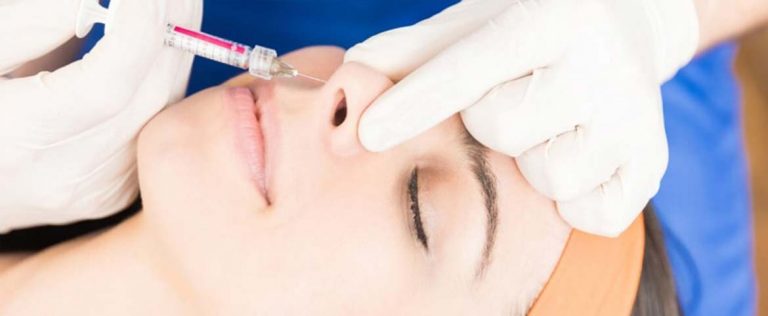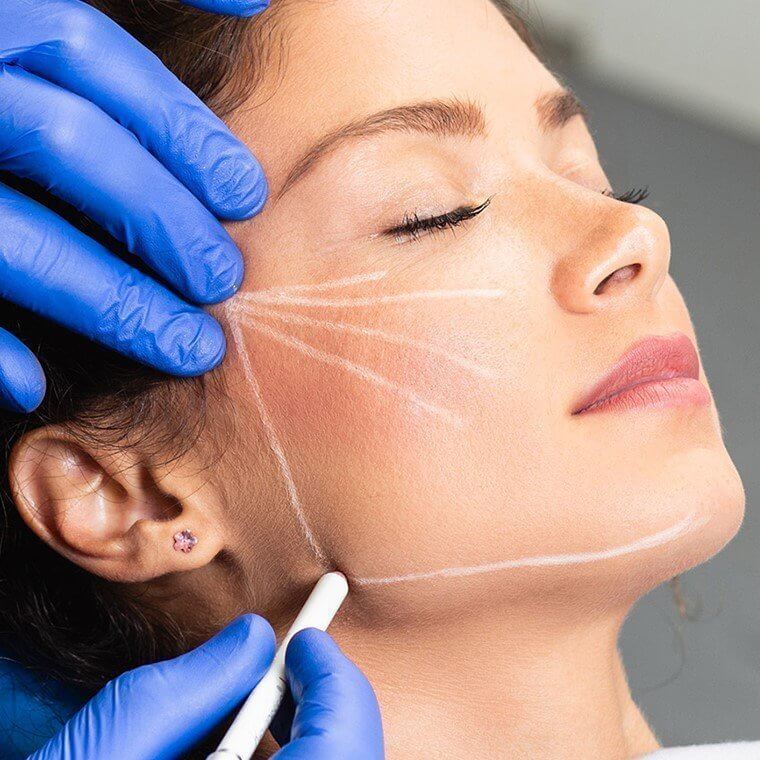Hyaluronic acid, a filler substance utilized in many areas of our faces, is applied to the nose region during nose filling to improve the aesthetics of this area. You can have a beautiful nose thanks to a 15-minute application.
With nose fillers, also known as non-surgical rhinoplasty, some nasal abnormalities may be treated without surgical intervention. This technique, which is often carried out using dermal filler materials, helps to enhance the nose's asymmetrical and protruding areas.
WHAT IS NOSE FILLER?
For those who are afraid of surgery or who have nasal deformities that may be fixed with less invasive touch-ups than surgical treatments, nasal filler is a successful alternative to rhinoplasty. Thanks to this process, which is also referred to by other titles like "rhinoplasty in 15 minutes" and "non-surgical rhinoplasty," people who are averse to having surgery or who have minor nasal deformities can get the look they want with a quick operation.
Dermal fillers, including hyaluronic acid, are injected into problematic nose areas as part of the operation. In addition to hyaluronic acid, physicians occasionally provide botox injections to the nose to smooth out recessed and projecting areas and increase volume where it is needed. The filler keeps its form when injected under the skin's surface. Although it is a simple and successful procedure, its short-term effects show that it is not without drawbacks. The effects of the nose fillers are often satisfactory to both the doctors who conduct the surgery and the patients, however depending on the filler used and the patient, these results fade between six months to several years.
PROCEDURE
Even though nasal filling is a simpler operation than rhinoplasty, you still need to go through a preparation phase. Your doctor checks you during the this stage and decides whether your nose requires any adjustments. The process can begin following the consultation phase, during which your expectations are also reviewed.
Your doctor will lay you on your back while doing the procedure, holding your face slightly upwards. To make sure you don't feel any discomfort during the filler injection, a topical anesthetic cream is given first. Your doctor uses a fine-tipped needle to inject the filler into the previously planned areas once this cream takes action. The details of the operation will determine how long it will take to finish. However it usually lasts about 30 minutes.

WHERE TO APPLY NOSE FILLERS
The bridge (the bony part of the nose), the tip, and the sides of the nose can all be altered without surgery. To stabilize and smooth the areas with dent and protrusion, it is applied as much as necessary to the necessary aeas. Small nasal protrusions can be minimized as a result, and the tip of the nose can be elevated and made more prominent. Applying fillers to the projecting portions will make your nose flatter if your nasal arch is not extremely pronounced.
WHO IS INELIGIBLE FOR NOSE FILLERS?
In general, non-surgical rhinoplasty is appropriate for patients whose nasal deformities are not severe enough to be treated surgically. However, surgical intervention is necessary if the nose deformity is advanced. Additionally, nasal fillers are contraindicated in nursing mothers, pregnant women, and anyone who are allergic to them.

RISKS AND SIDE EFFECTS OF NOSE FILLERS
Nasal filler’s side effects are often mild and tend to go away a few days after the treatment. The most frequent adverse effects include redness and soreness in the area of application. Swelling, bruising, nausea, and migration of the filler under the skin, which results in an uneven look, are other adverse effects.
Since there are many blood vessels around the eyes and in the nose, it is crucial for your doctor to take extra precautions during the surgery to minimize risks and adverse effects. More significant side effects such tissue death, eyesight issues, vascular problems, fever, extreme redness and bruising, and allergic responses might happen if the surgeon is not attentive.
AFTER CARE
After nasal fillers, it's common to have side effects including minor discomfort, swelling, and redness in the application region. After a few hours following the injection, these adverse effects start to progressively subside. You can more clearly see the changes in your nose when the swelling and redness subside. You should adhere to your doctor's recommendations during this time to minimize adverse effects and improve the likelihood that the treatment will be successful. Following the procedure, you should consider the following:
- Keep an ice pack nearby that you may use as soon as the procedure is finished. Redness and inflammation after nasal fillers can be reduced with the use of an ice compress.
- For a few days following the treatment, you should refrain from taking hot showers and hot surroundings like saunas and Turkish baths.
- You should also avoid sun light for a few days following the procedure.
- You should be gentle with your nose and the area around it for a day after the surgery and be careful not to touch this area.
- It is best if you avoid strenuous exercise fort he first few days after the procedure.













